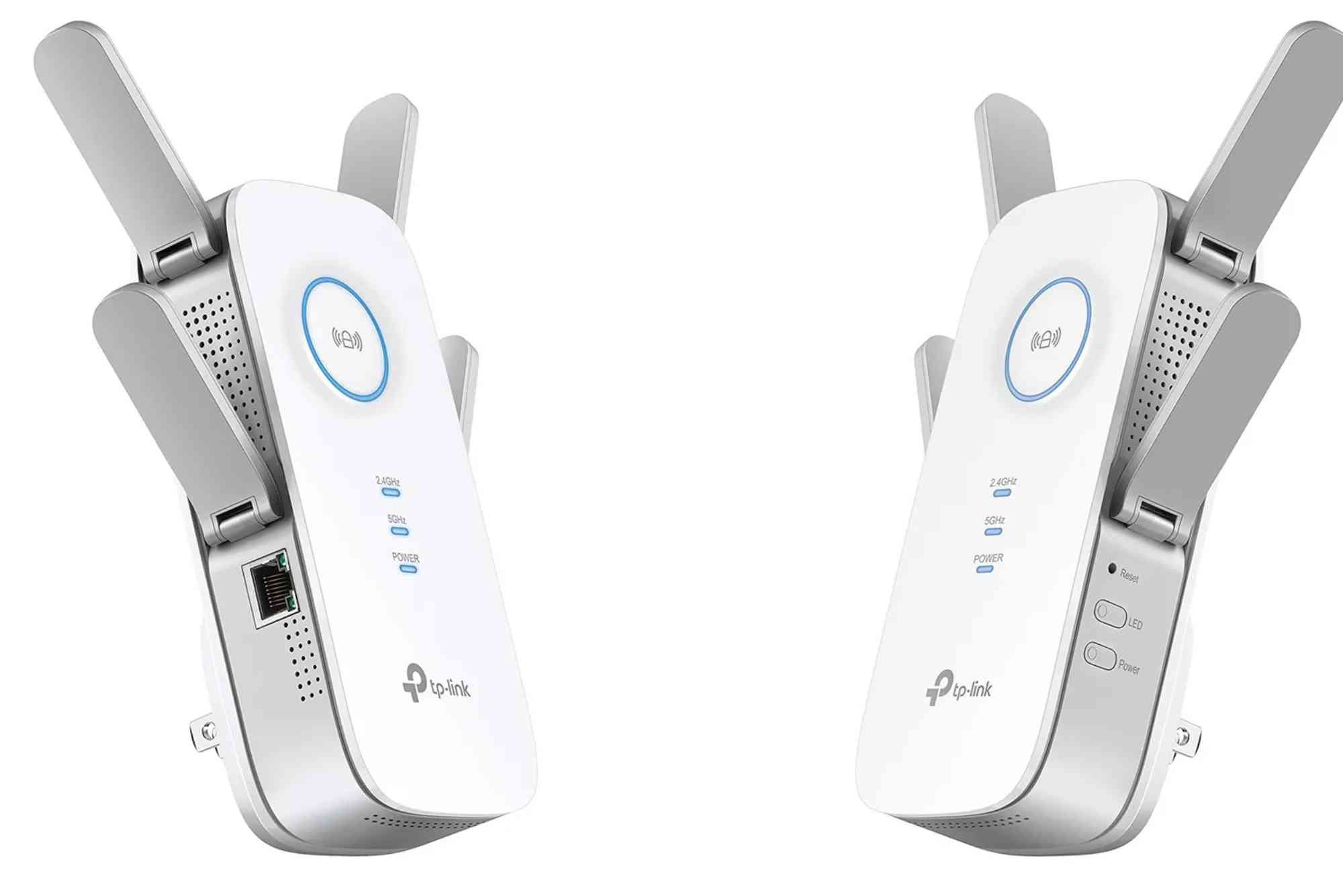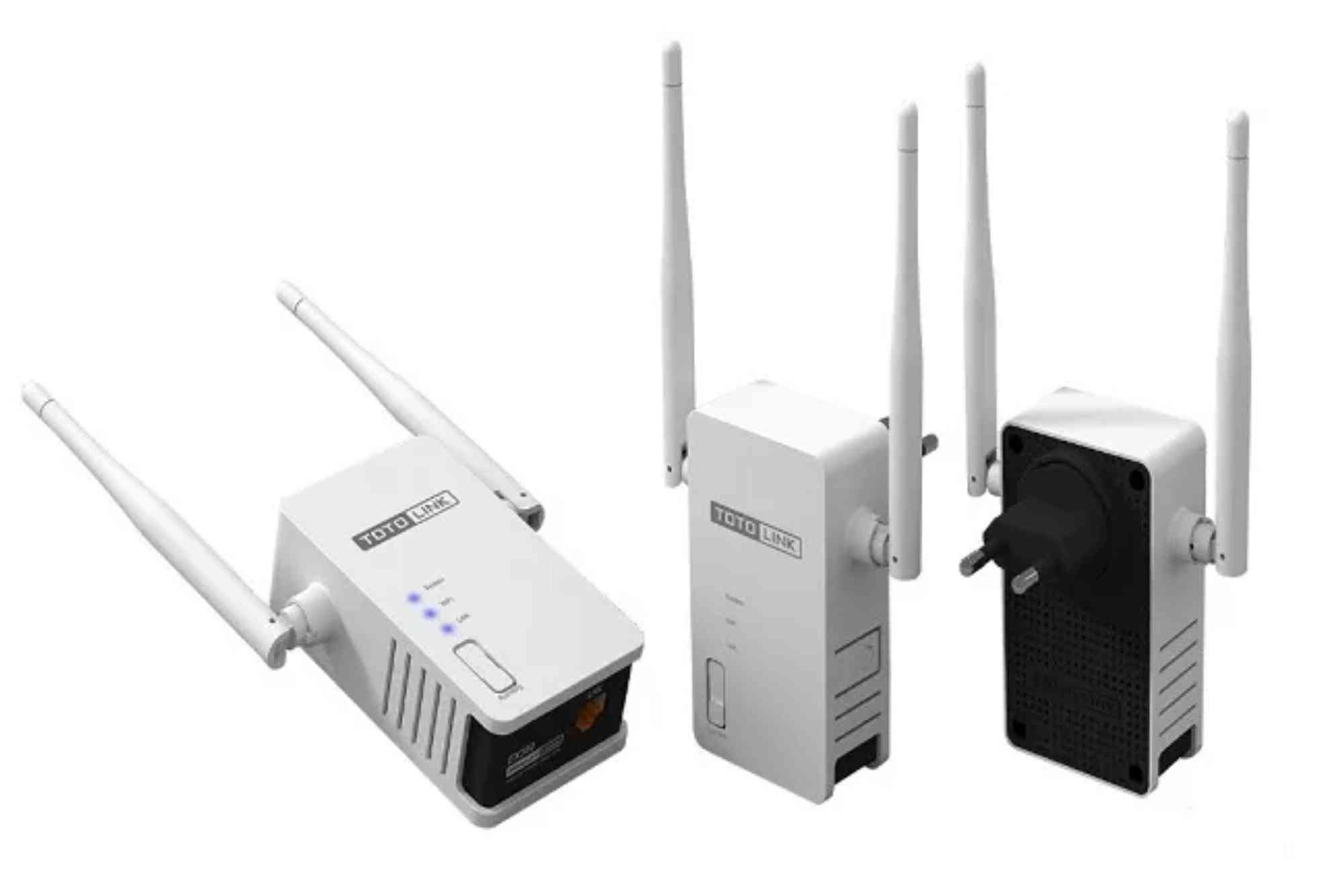Introduction
In today’s connected world, having the ability to share your mobile data with other devices is incredibly convenient. Whether you’re working remotely, traveling, or facing Wi-Fi issues at home, knowing how to complete a mobile hotspot setup on iPhone can save the day. This guide will walk you through everything you need to know about turning your iPhone into a reliable Wi-Fi hotspot, including troubleshooting tips and expert advice to ensure smooth connectivity.
Understanding the iPhone Mobile Hotspot Feature
The mobile hotspot feature on iPhone allows you to share your cellular data connection with other devices such as laptops, tablets, or even other smartphones. When enabled, your iPhone acts as a Wi-Fi router, letting nearby devices connect through Wi-Fi, Bluetooth, or USB.
Apple designed this feature with both simplicity and security in mind. You can easily control who connects, monitor data usage, and manage hotspot settings directly from your phone. Before setting it up, make sure your mobile carrier supports tethering and that your data plan includes hotspot usage.
Step-by-Step Guide for Mobile Hotspot Setup on iPhone
Setting up a mobile hotspot on your iPhone is a straightforward process. Follow these simple steps to get started:
Check Cellular Data Connection
Before enabling the hotspot, ensure your iPhone has an active cellular data connection. Without data, the hotspot cannot share internet access. You can verify this by opening Safari and visiting any website. If the page loads successfully, you’re good to go.
Open Settings
Navigate to the Settings app on your iPhone. Scroll until you see Cellular or Mobile Data, and ensure that cellular data is turned on. This step is essential because the hotspot uses your data connection to share the internet with other devices.
Enable Personal Hotspot
Once cellular data is active, go back to Settings, then select Personal Hotspot. Toggle on the option labeled Allow Others to Join. When you activate this feature, your iPhone will automatically display the Wi-Fi password and network name.
Connect Devices
Now that your hotspot is active, use another device—like your laptop or tablet—to connect. Search for your iPhone’s hotspot name under available Wi-Fi networks, enter the password displayed on your iPhone, and connect. Within seconds, your device will have internet access via your iPhone’s mobile data.
Customize Hotspot Settings
If you prefer more control, you can customize your hotspot settings. Under Personal Hotspot, you can change your Wi-Fi password to something secure and memorable. Apple enforces an eight-character minimum for hotspot passwords to ensure protection against unauthorized access.
Alternate Connection Methods
You can connect to your iPhone’s mobile hotspot through three methods: Wi-Fi, Bluetooth, and USB cable. Each method serves different needs and situations.
Connecting via Wi-Fi
Wi-Fi is the most common and convenient method. Simply turn on your hotspot and connect from any device within range. This method is ideal for connecting multiple devices at once.
Connecting via Bluetooth
Bluetooth offers a slower but energy-efficient alternative. It’s best for connecting a single device when you want to conserve battery. To do this, pair your iPhone with your computer via Bluetooth and select it as your network source.
Connecting via USB
If you want a faster and more stable connection, use a USB cable. Plug your iPhone into your computer, then go to your computer’s network settings and select your iPhone as the data source. This method also charges your phone while in use, making it ideal for longer sessions.
Common Mobile Hotspot Setup Issues on iPhone and Their Solutions
Even with Apple’s seamless design, users sometimes face issues while setting up a mobile hotspot. Below are some common problems and practical fixes.
Hotspot Option Not Showing Up
If you can’t find the Personal Hotspot option in Settings, it might be due to carrier restrictions or missing network configurations. Go to Settings > Cellular > Cellular Data Network, and ensure the APN settings for Personal Hotspot are filled out. If you’re unsure, contact your carrier for the correct APN details.
Devices Not Connecting to Hotspot
If your hotspot is visible but devices can’t connect, try resetting network settings. Go to Settings > General > Transfer or Reset iPhone > Reset > Reset Network Settings. This will remove old Wi-Fi configurations and can often resolve connection issues.
Hotspot Keeps Disconnecting
If your hotspot disconnects frequently, check for power-saving features or inactivity settings that might turn off your hotspot after a certain period. Also, ensure your iPhone’s iOS version is up to date to avoid software-related glitches.
Slow Hotspot Speed
Slow hotspot speed is often due to weak cellular signals or data throttling by your carrier. Move to an area with better network coverage, or switch between 4G and 5G if available. Limiting the number of connected devices can also improve speed.
Tips for a Stable and Secure iPhone Hotspot Connection
- Keep Your iPhone Updated: Always ensure your iOS is updated for improved performance and security.
- Use a Strong Password: Avoid sharing your hotspot with unauthorized users by setting a strong password.
- Monitor Data Usage: Hotspot connections consume data quickly, especially with streaming or downloads.
- Limit Devices: Connecting fewer devices ensures faster and more stable connections.
- Turn Off When Not Needed: Disable the hotspot after use to save battery and data.
Advanced Hotspot Settings for iPhone Power Users
Apple allows some advanced control over hotspot usage, especially if you manage multiple devices. For example, you can enable Family Sharing, which allows trusted family members to automatically connect to your hotspot without needing a password. This feature is convenient for parents or households with multiple Apple devices.
You can also monitor data usage for your hotspot sessions directly from Settings > Cellular to prevent overages. For professional users, connecting via USB is often preferred since it ensures stability during online meetings or remote work.
When to Use a Mobile Hotspot
A mobile hotspot is a lifesaver in various situations. You might use it when traveling, working remotely, or when your home Wi-Fi isn’t functioning. It’s also useful in rural areas where wired internet is unavailable. If you frequently rely on mobile data for connectivity, you may also explore stable local internet providers like Dhanote Internet Services for consistent performance and coverage.
FAQs
How do I enable my mobile hotspot on iPhone?
Go to Settings > Personal Hotspot and toggle on Allow Others to Join. Share the Wi-Fi password to connect other devices.
Why can’t I see the hotspot option on my iPhone?
Your carrier may not support hotspot usage. Contact your carrier or check if your data plan includes tethering.
Can I use my iPhone hotspot without Wi-Fi?
Yes, the hotspot uses your cellular data connection, so Wi-Fi is not required for setup.
Does using a hotspot drain the battery quickly?
Yes, running a hotspot consumes battery power faster. Connect your iPhone to a charger while using it as a hotspot.
Is my iPhone hotspot secure?
Yes, it’s password-protected by default. However, use a strong, unique password for added safety.
Can I limit who connects to my hotspot?
Yes, only those who know your hotspot password can connect. You can also disable Allow Others to Join at any time.
Can I share my hotspot with more than one device?
Absolutely. You can connect multiple devices simultaneously, but performance may drop as more devices join.
Best Practices for Managing Hotspot Usage
When using your mobile hotspot regularly, it’s important to balance performance and cost. Keep track of your data usage to avoid unexpected charges. Some apps, like cloud backups or software updates, can consume large amounts of data silently—disable such automatic updates when connected through your hotspot.
It’s also recommended to avoid streaming HD videos or downloading large files while using your mobile data. Instead, save heavy data tasks for Wi-Fi networks to extend your data plan’s efficiency.
If you find yourself depending heavily on mobile data, it might be time to consider a home broadband connection. A stable service such as Dhanote Internet Services offers faster speeds and greater reliability, ensuring you stay connected without worrying about data caps.
Setting up a mobile hotspot on iPhone is one of the most practical ways to stay online when Wi-Fi isn’t available. With just a few taps, your iPhone transforms into a portable internet hub, keeping your devices connected whether you’re on the road, at work, or in a remote area. Following the steps outlined above ensures a smooth, secure, and efficient setup.








